Everything You Need To Know About A Decanter Centrifuge
In order to fully understand how a decanter centrifuge operates, we must first define what a centrifuge does. In many industrial jobs, solid material...

Sometimes, it’s easy to forget that history is often made within our lifetime. Lean manufacturing is a movement established by Toyota Production Systems and is centered on clarifying what brings value by reducing everything else.
The company, which transformed from a modest enterprise to the world’s largest automotive manufacturer, forced business leaders to wonder about the secret of Toyota’s success.
In 1988, engineer John Krafcik gave the west a better understanding of the Lean way after working with Toyota. His watershed article opened a floodgate of new ideas for the world’s managers.
While Lean features many sub-processes, the following are five essential tools to help managers with an overall understanding of the idea, posited by one of the movement’s leaders, James P. Womack, who founded www.lean.org.
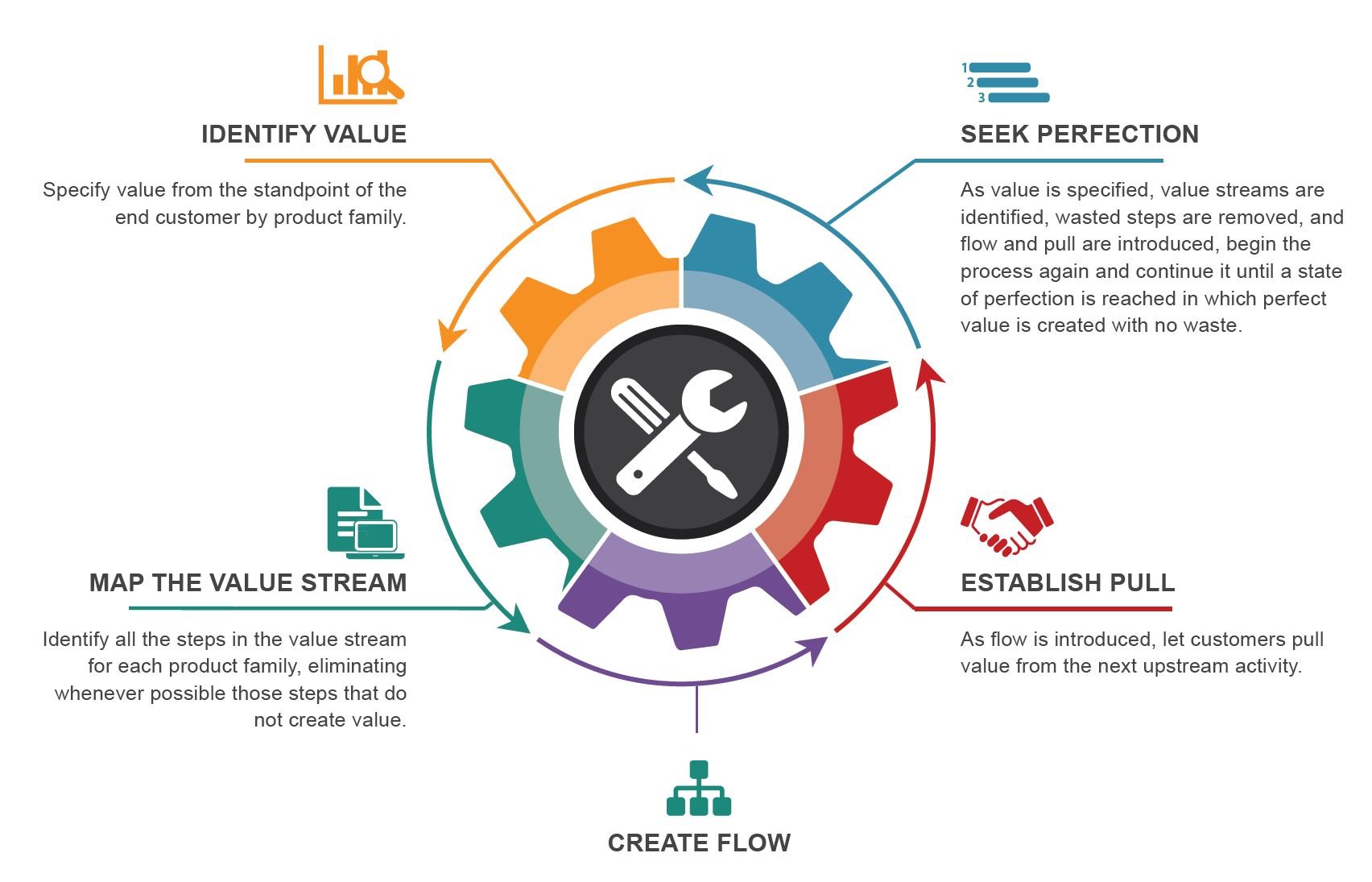
Specify value from the standpoint of the end customer by product family
Value is always defined by the customer’s needs for a specific product. For example, what is the timeline for manufacturing and delivery? What is the price point? What are other important requirements or expectations that must be met? This information is vital for defining value.
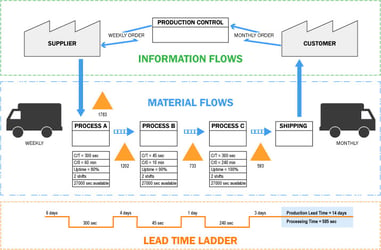 Identify all the steps in the value stream for each product family, eliminating whenever possible those steps that do not create value.
Identify all the steps in the value stream for each product family, eliminating whenever possible those steps that do not create value.
Once the value (end goal) has been determined, the next step is mapping the “value stream,” or all the steps and processes involved in taking a specific product from raw materials, to design and engineering, and then delivering the final product to the customer.
Value-stream mapping is a simple but eye-opening experience that identifies all the actions that take a product or service through any process.
That process can be in design, production, procurement, HR, administration, delivery, or customer service. The idea is to draw, on one page, a "map" of the flow of material/product through the process.
The goal is to identify every step that does not create value and then find ways to eliminate those wasteful steps. Value-stream mapping is sometimes referred to as process re-engineering. Ultimately this exercise also results in a better understanding of the entire business operation.
Make the value-creating steps occur in tight sequence so the product will flow smoothly toward the customer.
After the waste has been removed from the value stream, the next step is to be sure the remaining steps flow smoothly with no interruptions, delays, or bottlenecks. “Make the value-creating steps occur in tight sequence so that the product or service will flow smoothly toward the customer,” advises LEI. This may require breaking down silo thinking and making the effort to become cross-functional across all departments, which can be one of the greatest challenges for lean programs to overcome. However, studies show that this will also lead to huge gains in productivity and efficiency, sometimes as high as 50-percent improvement or more.
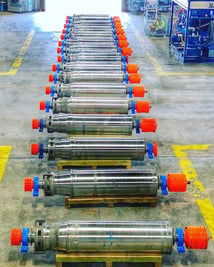 As flow is introduced, let customers pull value from the next upstream activity
As flow is introduced, let customers pull value from the next upstream activity
With improved flow, time to market (or time to customer) can be dramatically improved. This makes it much easier to deliver products as needed, as in “just in time” manufacturing or delivery. This means the customer can “pull” the product from you as needed (often in weeks, instead of months). As a result, products don’t need to be built in advance or materials stockpiled, creating expensive inventory that needs to be managed, saving money for both the manufacturer/provider and the customer.
As value is specified, value streams are identified, wasted steps are removed, and flow and pull are introduced, begin the process again and continue it until a state of perfection is reached in which perfect value is created with no waste.
Accomplishing Steps 1-4 is a great start, but the fifth step is perhaps the most important: making lean thinking and process improvement part of your corporate culture. As gains continue to pile up, it is important to remember lean is not a static system and requires constant effort and vigilance to perfect. Every employee should be involved in implementing lean. Lean experts often say that a process is not truly lean until it has been through value-stream mapping at least half a dozen times.
Lean thinking and manufacturing can be infectious. Customers will notice big improvements as you implement lean and likely want to be part of your manufacturing process. This collaborative thinking will also extend to your suppliers as well, who will want to use lean themselves to generate their own improvements.
The core idea behind lean is maximizing customer value while minimizing waste,” states LEI. “Simply put, lean means creating more value for customers with fewer resources.”
A lean manufacturing organization understands customer value and focuses its key processes to continuously increase it. The ultimate goal is to provide perfect value to the customer through a perfect value creation process that has zero waste. “Lean accomplishes this,” adds LEI, “by changing the focus of management from optimizing separate technologies, assets, and vertical departments to optimizing the flow of products and services through entire value streams that flow horizontally across technologies, assets, and departments to customers.”
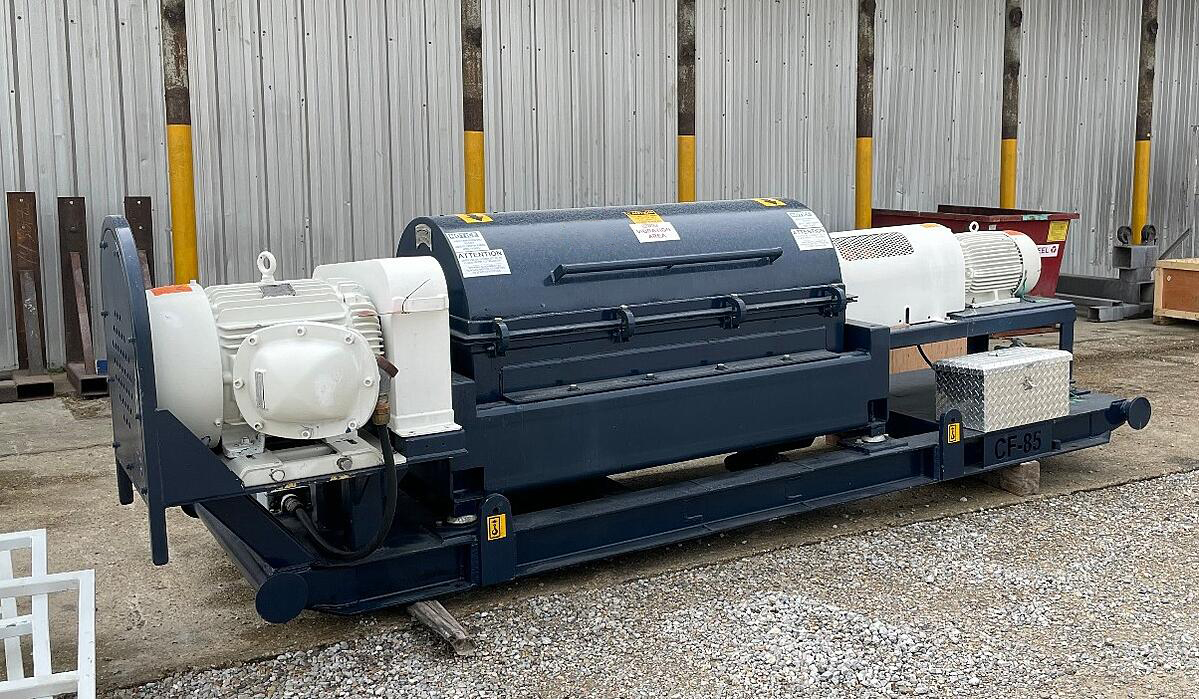
In order to fully understand how a decanter centrifuge operates, we must first define what a centrifuge does. In many industrial jobs, solid material...

Today's separation and dewatering industries offer two basic dewatering technologies: belt filter presses and centrifuges. Choosing between a belt...
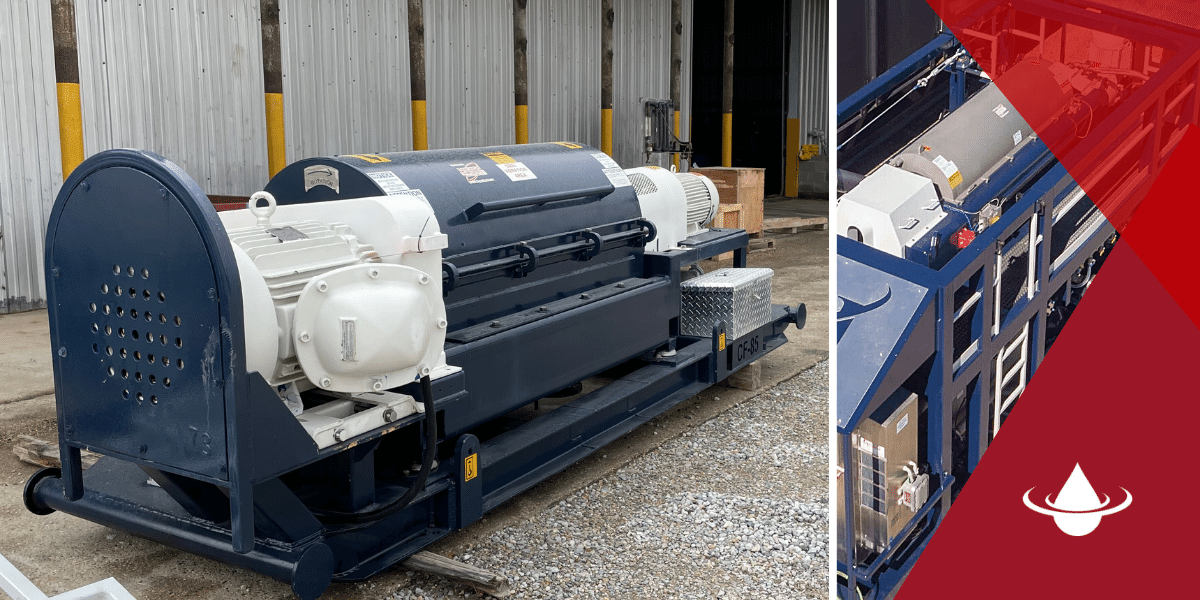
The main difference between decanter and tricanter centrifuges is that the tricanter centrifuge not only separates solids from liquids but also...